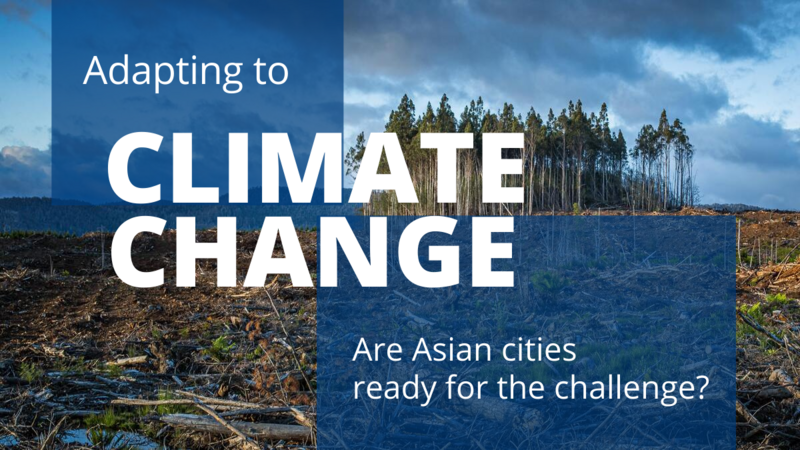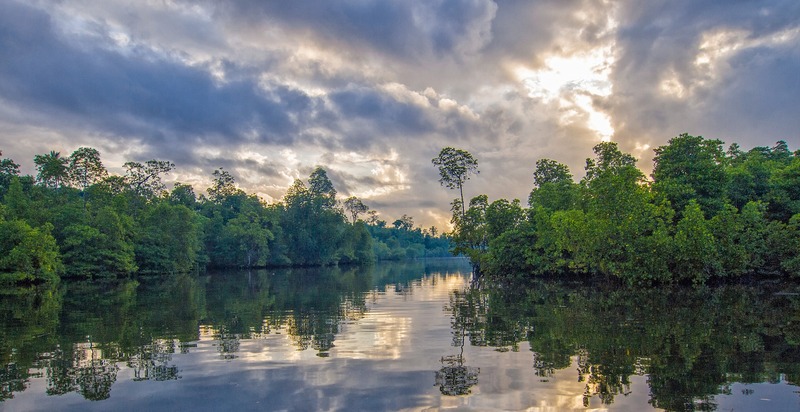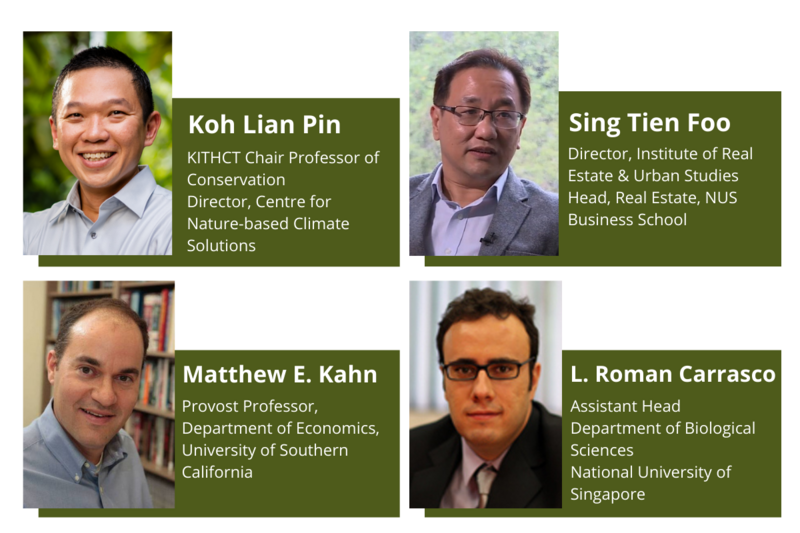Reversing climate change – a new mission for capitalism
Can the entrepreneurial spirit of capitalism be harnessed to undo its mistakes, and if it is indeed possible, how then do we go about doing it?
10 December 2021

Nature – a wondrous source of physical and mental sustenance, yet at times unforgivingly harsh and perilous.
Over a grand era of market capitalism, where efficiency and productivity are mantras that drive commerce, unfettered exploitation and reckless overconsumption have taken their toll on the environment. It has become clearer now than ever that our prosperity had come at the expense of huge environmental costs.
Today – as we grapple with surging greenhouse gas emissions and a staggering carbon footprint – climate change, rising temperatures, and climbing sea levels threaten to overwhelm us in a not too distant future.
As Matthew E. Kahn, Provost Professor of Economics at the University of Southern California, aptly says, “Mother Nature is throwing harder punches at us.”
Speaking at the “Adapting to climate change – are Asian cities ready for the challenge” e-seminar, jointly organised by the NUS Institute of Real Estate and Urban Studies and NUS Centre for Nature-based Climate Solutions, Professor Kahn makes a bold proposal to seek the solution in the problem.

Curing the ills of capitalism through capitalism
As the fundamental premise of economics, scarcity had given rise to a prestigious discipline devoted to human decision-making amid opportunity costs and utility maximisation. And as Adam Smith famously stated, the “invisible hand” of the free market is the best way to run things – rational self-interest trumps all manner of planning and control. But where has rational self-interest led us to, as unintended externalities threaten to spiral out of control?
Using Amazon for illustration, Professor Kahn highlighted that the global multinational – which had made a clear commitment to be net-zero carbon by 2040 – would eschew setting up shop in cities where the quality of life is expected to decline due to climate threats.
With climate adaptability positioned as a scarce resource, cities, and neighbourhoods that are successful in mitigating heatwaves, fires, rising sea levels, and other environmental threats would then attract inflows of human and financial capital. “The competition to attract people and jobs creates an imperative to adapt to climate risks,” said Professor Kahn.
In a new regime where prices reflect climate adaptability and the scarcity of related resources, such as water and electricity, capitalism – driven by the very same rational self-interest now deployed to address the climate challenge – is anticipated to catalyse ground-breaking advances.
Climate science powered by Big Data, combined with government intervention in up-zoning, and other climate-adaptation regulations, will be instrumental in creating habitable areas that are equitably distributed among the rich and poor. No man will be left behind.
“Climate change creates such challenges for so many people, it unleashes capitalism to help us cope,” said Professor Kahn.
“Human ingenuity makes me optimistic that the best ideas funded by venture capitalists will help give us the tools we need to grow the food, to have vehicles that don’t run on fossil fuels, to live in homes that can withstand flood and fire risks,” he added.
The potential in Asia

Amid a backdrop of 40 billion tons of carbon dioxide emitted annually worldwide, some 2 billion tons of CO2 could be saved by protecting threatened forests across the tropics, and about 30 million tons avoided by protecting threatened mangrove forests, most abundantly found in the sultry climate of Indonesia.
According to carbon-prospecting maps produced by the NUS Centre for Nature-based Climate Solutions, much potential lies in Southeast Asia and South America.
“Indonesia and Malaysia are among the top five countries in the world where we can avoid the most carbon emissions by protecting their forests,” said Koh Lian Pin, KITHCT Chair Professor of Conservation, who is also director of the NUS Centre for Nature-based Climate Solutions.
However, policymakers and investors would also need to appreciate the scope of returns on investment. In terms of carbon credits or emission allowances, the Asia-Pacific region “has the highest concentration of the most profitable carbon projects, generating returns on investment close to USD25 billion in net present value per year, for the next 30 years,” said Professor Koh.
“Indonesia alone can generate some USD10 billion dollars per year for the next 30 years,” he added.
Underscoring the multifaceted benefits of nature-based climate solutions, Professor Koh said: “Nature-based climate solutions can be very important, both in terms of their climate-adaptation benefits as well as potentially creating new green-growth opportunities for many countries and companies in our part of the world.”

Drilling down to the details
First used by American biologist and naturalist Edward O. Wilson to describe the intimate connection between humans and nature, biophilia highlights the importance of the natural environment in supporting both physical and mental wellbeing. In this regard, nature-based solutions represent a key pillar for restoration and healing.
Through a quasi-experimental approach that involved exposing subjects to different natural settings, ranging from primary and secondary forests to urban trails, associate professor of biological sciences at the National University of Singapore, L. Roman Carrasco found the duration of exposure and extent of biodiversity to be independent variables that correlated positively with wellbeing.
While the amount of interaction with nature is largely up to the individual, at the policymaking level, “nature-based solutions that are able to increase the diversity of our green spaces will contribute to mental health,” said Professor Carrasco.
Additionally, in a separate survey, respondents valued the reduction of temperature most among various green options, while the reduction of air pollution followed closely in second place.
Professor Carrasco’s research also discovered thresholds levels that triggered significantly different outcomes: among others, spending more than an hour per week in nature substantially increased life satisfaction, while an air temperature above 31.7 degrees Celsius would discourage people from spending more time at a park – which would, in turn, set off a ripple effect on mental health and physical fitness.
Adopting a demand and supply model, Professor Carrasco proposes spatial optimisation solutions to identify hotspots where the amount of greenery and ecosystem services are insufficient to support the population density.
Beyond broad policies, a successful nature-based solution would therefore have to take into account variables like biodiversity and temperature and also be able to identify and reduce instances of supply-demand mismatches accurately.



